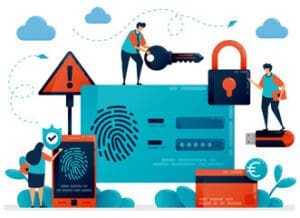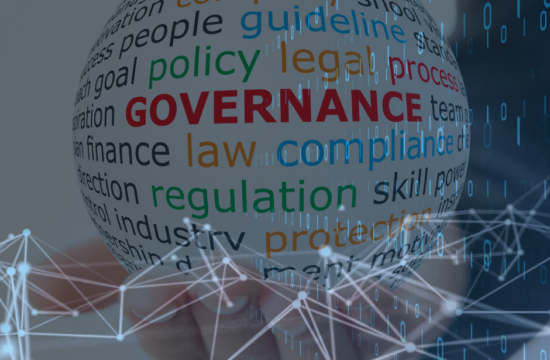CCPA (California Consumer Privacy Act) is the very first US law that offers some rights to privacy to the state’s consumers. This law provides users greater control over their personal information. The act got most of its ideas from the EU’s GDPR ( General Data Protection Regulation).
Businesses must understand how this legislation would affect collecting and managing personal data from customers under this act.
The act is complex, but it describes what PI (personal information) is and differs from PII ( Personal identifiable information).
It is crucial to understand the difference between PI and PII to meet CCPA compliance. Companies that don’t know the difference are putting themselves at a higher risk of penalties and civil class action lawsuits.
PI VS PII
Let us understand it with PI’s definition following CCPA/CPRA.
Information that defines, refers to, can be linked with, with a specific customer or household, referred to as “personal information.”
It clears a lot of confusion as there were assumptions that PI includes any data related to any individual in California. It extends much beyond data linked to an individual’s identification, such as a person’s name, or birth date, generally considered PII. It is ultimately material because it is much more difficult to find and link “indirect” data–such as consumer preferences or location data–with a person than finding and connecting well-structured personal identifying information.
Data classification is a huge part of this, and companies are collecting huge amounts of data about consumers dramatically as they increase contact points across many platforms with their consumers. In addition, all kinds of personal data, from highly recognizable to intangible, are collected across various applications resulting in an overflow of personal data. Because this huge amount of data is spread over various structured as well as unstructured data storage in the data centre, it’s difficult for businesses to know who has what data, where it’s stored, and how it’s being utilized.
How does Secuvy’s data discovery platform help with PII & PI Data Discovery for CCPA/CPRA/GDPR?
Issues in the traditional data discovery methods:
Under the CCPA, secure individual data rights necessitate accountability for all personal data, particularly PI and PII. On the other hand, traditional data discovery methods are unable to connect data with a specific person. They might inform you what information you contain, but they can’t tell you who owns it. On the other hand, conventional data discovery strategies use regular expression-based algorithms to find well-structured data groups like sixteen-digit credit card numbers. They weren’t made to find and correlate personal information according to its relationship to a person’s identity.
Various ways in which Secuvy helps keep PI and PII safe:
Secuvy’s data inventory and mapping technology is designed specifically for advanced PI as well as PII discovery across structured and unstructured data. In addition, Secuvy utilizes AI driven contextual data discovery methods to locate personal and sensitive information.
Secuvy’s strategy helps businesses automate the problem of identifying and connecting personal data as specified by the CCPA/CPRA by giving them a head start via
• Identifying PI as well as PII meaning across the firm by assessing data, detecting position, and connecting how every PI attribute is related to other data around the same identification using a machine attempting to learn “identification intelligence.”
• Personal data types are related to an individual by classifying data to maintain and safeguard data subject rights.
• Searching for personal information across all company data sources.
What is the biggest lesson we got from GDPR?
One of the biggest lessons from GDPR is that businesses must begin preparing to meet the deadline.
Here are some other things to consider:
- Make sure your entire team is on the same page regarding the CCPA’s personal information definition.
- Extend information management to embrace all types of data, not only PII. Using the existing norm of directly or indirectly identifiable features, organizations must design their data assets, identify all personally identifiable information, and stock information by individual and place of residence.
- The management of consent, as well as the monitoring of the entire process, is critical. Businesses should evaluate their policies and procedures for governing all uses of personal information, including their ability to audit and ensure permission. The use of PI to demonstrate compliance and build customer trust is acceptable.
Wrap up:
As we all know, the CCPA gives users more control over their personal data. Because of the introduction of PI and PII, it is now critical to comprehend these concepts that comply with CCPA. Personal information (PI) is information that identifies a single consumer or household. It goes well beyond data that can be readily connected to a person’s identity, such as their name, social security number, or birth date, which is typically considered PII. Traditional data discovery methods fail to link or associate data with a specific individual. Secuvy’s data discovery solution is built for advanced PI and PII discovery in structured and unstructured data sets.






